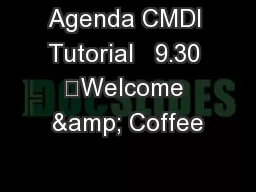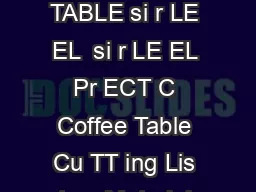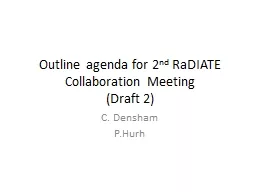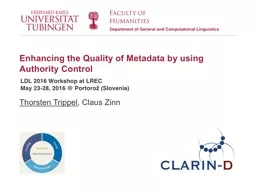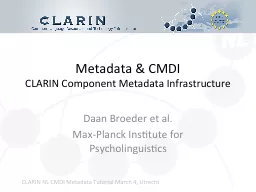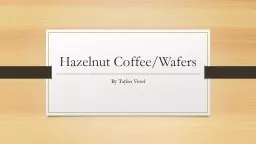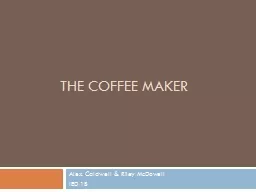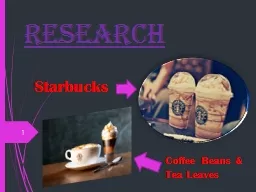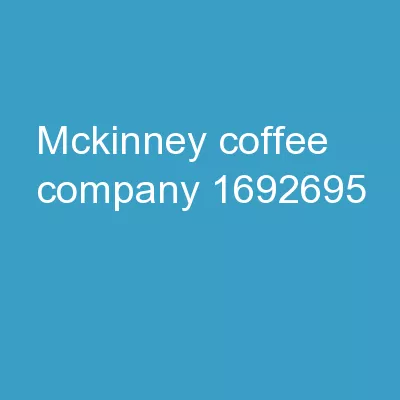PPT-Agenda CMDI Tutorial 9.30 Welcome & Coffee
Author : luanne-stotts | Published Date : 2018-11-13
1000 Introduction to metadata and the CLARIN Metadata Infrastructure CMDI 1030 CMDI amp ISODCR 1050 The CMDI Component Registry and CMDI Component Editor 1120
Presentation Embed Code
Download Presentation
Download Presentation The PPT/PDF document "Agenda CMDI Tutorial 9.30 Welcome &am..." is the property of its rightful owner. Permission is granted to download and print the materials on this website for personal, non-commercial use only, and to display it on your personal computer provided you do not modify the materials and that you retain all copyright notices contained in the materials. By downloading content from our website, you accept the terms of this agreement.
Agenda CMDI Tutorial 9.30 Welcome & Coffee: Transcript
Download Rules Of Document
"Agenda CMDI Tutorial 9.30 Welcome & Coffee"The content belongs to its owner. You may download and print it for personal use, without modification, and keep all copyright notices. By downloading, you agree to these terms.
Related Documents

